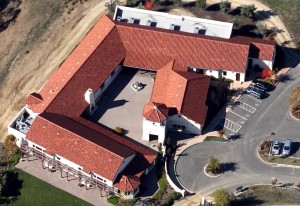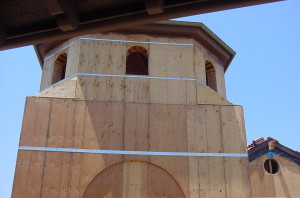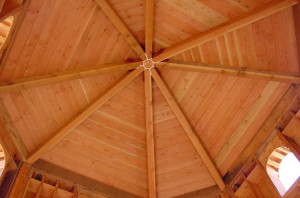In college, I spent some of my free time either attending seminars or reading about high profile structural engineering projects. These projects tend to be noteworthy due to their massive scale or their use of innovative construction technologies (often both). Taipei 101 is 508 meters tall, and used to be the tallest building in the world. The Burj Khalifa has surpassed it as not only the tallest building in the world, but as the tallest manmade structure at 828 meters.
I never thought I would design the world’s tallest buildings, but I did think it would be cool to work on some mid-rises. I never did. My design firm didn’t do that type of work – which looking back, was a good thing for me. We worked on a lot of everything, including commercial, industrial, multi-family and mixed-used projects. The variety of projects meant designing with all the major building materials, including concrete, steel, masonry, and wood. Reviewing my project portfolio and thinking about what was really satisfying to work on, the projects that stand out most were wood-framed.
I will always have a special place in my heart for the Thunderbird Golf Course Clubhouse, which I designed about a year out of college. This was a one-story building, with wood framed walls and plated truss roof. I learned a lot about how you specify roof trusses. I also learned that if you are counting on the weight of the roof trusses to resist overturning on an interior shearwall, you really need to tell the truss supplier. Of course, the roof planes didn’t line up so I had to figure out how to create a continuous load path.
It wasn’t a large building, certainly not high profile, but was the first project that my boss let me design from start to finish. Of course she checked in with me, but I was responsible for everything from preliminary design to construction documents to reviewing shop drawings and responding to requests for information. And boy, do you learn a lot when you have to answer the contractor’s questions about your design!

Another favorite project of mine was the Alameda County Resource Center (ACRC). This was single-story building in Livermore, California which was close to a fault line. Aside from higher seismic forces, however, this building has several re-entrant corners and roof diaphragms at different elevations, which made detailing continuity ties a real challenge. Coming up with details to transfer lateral loads to the interior shearwalls was also a challenge, but we made it work. And then there was the tower, with an 8-hipped roof and, oh yeah, can we have exposed lumber?


Luckily I had a great framer on this project.
Designing with steel or concrete has its challenges, but solutions are readily available. If a large lateral load occurs, you can throw more rebar in the concrete beam. Creating moment connections to support the architectural canopies is simple with steel.
What I love about designing with wood is that nothing is simple. There are no moment connections to support that architectural canopy. You cannot resist that huge lateral load with brute force. Instead, you need to spread it out with your layout of the lateral force resisting system. It is not easy sometimes, but satisfaction never is.
Do you think wood design has the stigma of being easy? Let us know by posting a comment.
– Paul
What are your thoughts? Visit the blog and leave a comment!




Wood is often not taught in school, making it a little mysterious. It’s easy on the surface, but once you get into a tedious design, it can be very complicated.
A wood wall, for example, is not a homogeneous element. It is made of of several smaller elements, of different species, with loads in varying directions at different angles to the grain.
The more I learn, the less I know.
Wood structures are frequently complex, especially on the West Coast where seismic demands are large. Because of limited budgets, engineering firms rely on standard details to a large degree and these are typically excellent but there is always the question in the minds of the design team as to whether the details are sufficiently understood by the construction team that they are implemented in the structure at each specific location where they apply. Often, several standard details apply at the same location.
Wood lends itself to some pretty unique designs plus it provides a warm natural feels that steel, concrete and masonry cannot. And in the Pacific NW it blends in so well with the surroundings.